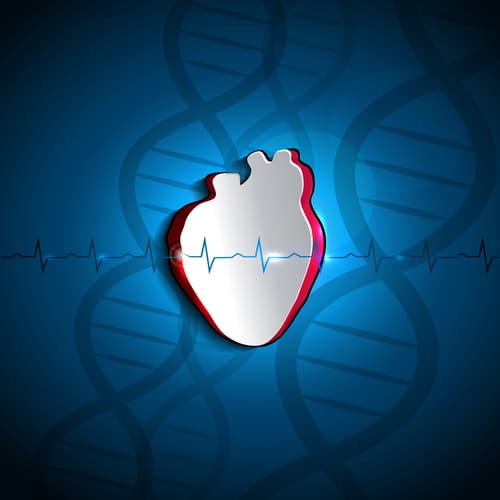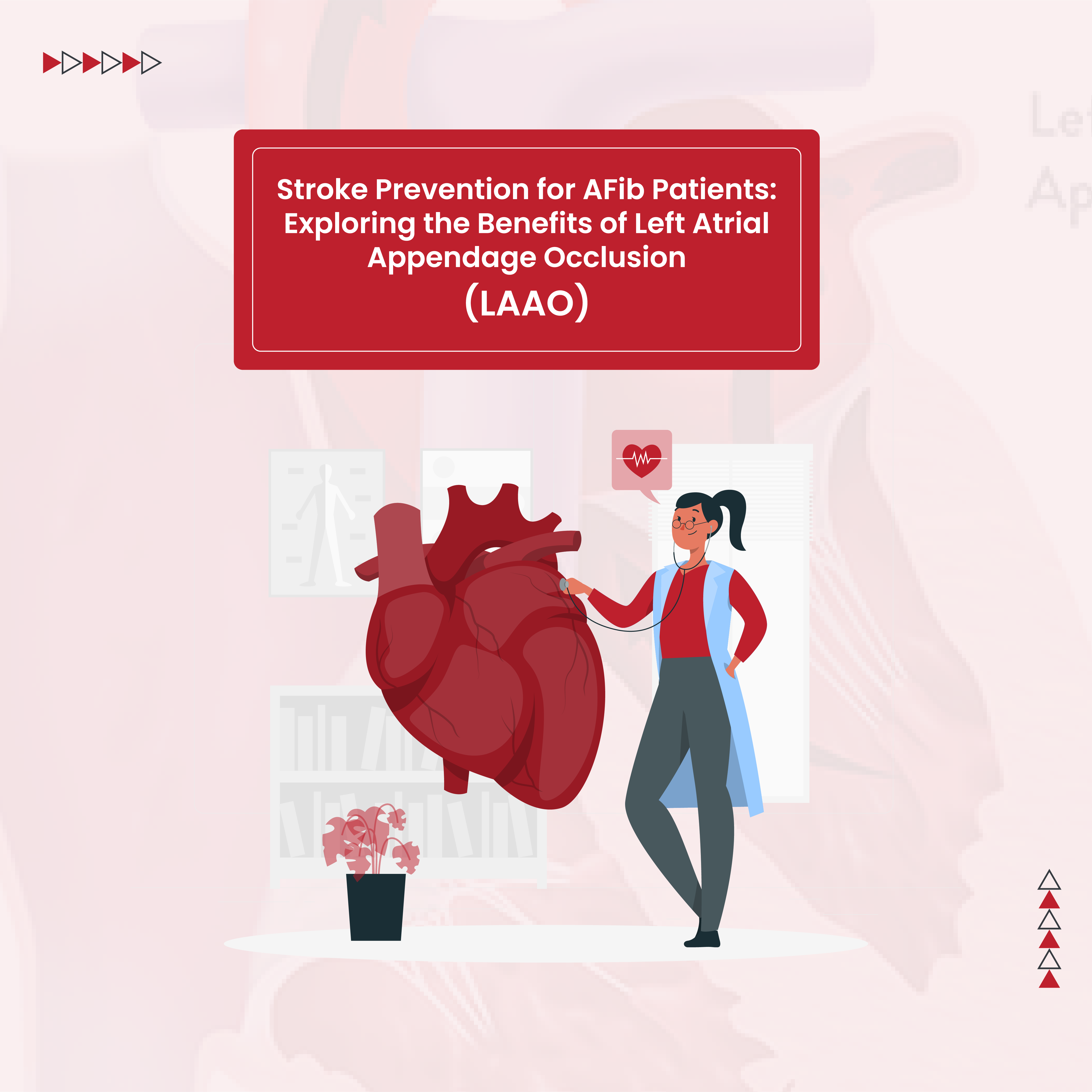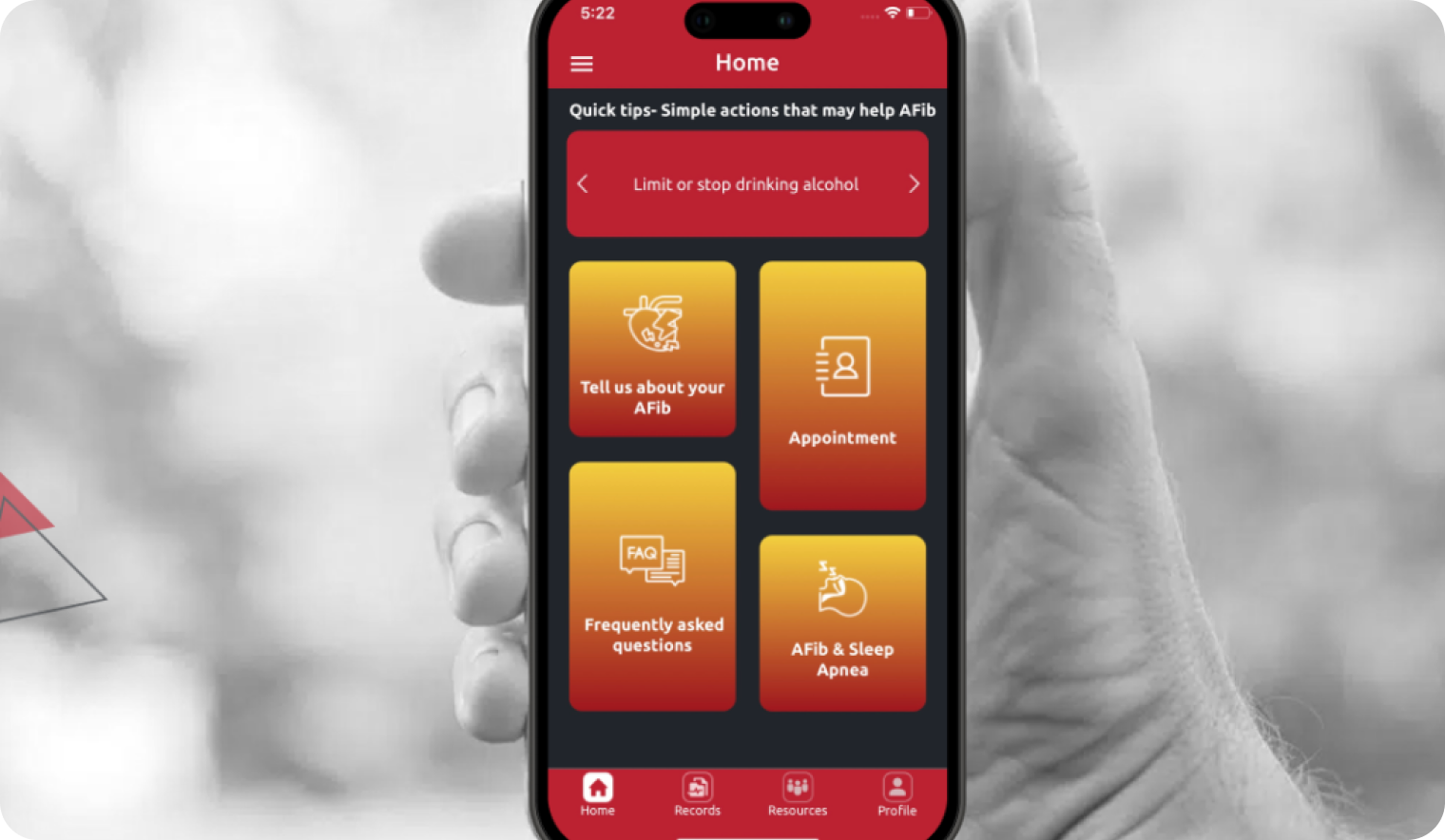Atrial fibrillation is a chaotic, irregular rhythm treated with medications or procedures to slow the heart rate, decrease the frequency of AFib and prevent blood clots which can lead to stroke. Patients sometimes ask if AFib can be treated with a pacemaker. The answer to this question is that while a pacemaker is not used as the sole treatment for AFib it is sometimes necessary to have a pacemaker in order to safely treat atrial fibrillation.
A pacemaker is a permanent, implantable battery powered device which keeps the heart rate from being too slow (bradycardia). The dual chamber pacemaker delivers electrical impulses to the heart’s right upper (atrium) and/or lower (ventricle) chambers if it detects that the heart rate is too slow. These impulses are delivered to the heart via one or two pacemaker leads which connect the pacemaker pulse generator to the heart. The pulse generator is a small metal case which contains the battery and the small computer that makes the pacemaker work. The pulse generator is typically implanted under the skin on the left upper chest.
A pacemaker constantly monitors the intrinsic, natural electrical conduction in the heart. If it detects that the signals are not transmitting at the correct intervals it will send an electrical impulse to the heart. Pacemakers are usually programmed to not allow a heart rate lower than 60 beats per minute.
When is a pacemaker needed?
A pacemaker is indicated if a patient has symptomatic bradycardia. This is when the heart rate is too slow and the person has symptoms associated with these low heart rates. People with symptomatic bradycardia may experience fatigue, exercise intolerance, lightheadedness and may even pass out.
Can a pacemaker be used for atrial fibrillation?
Pacemakers are not implanted for the sole purpose of treating atrial fibrillation. However, if there is otherwise an indication for a pacemaker, such as symptomatic bradycardia, a pacemaker can be a necessary tool in treating atrial fibrillation.
Do you need a pacemaker if you have atrial fibrillation?
When a patient has paroxysmal atrial fibrillation the heart goes in and out of atrial fibrillation. Symptomatic bradycardia sometimes occurs in conjunction with paroxysmal atrial fibrillation. When this happens the heart rate may be high when it is in AFib and very slow when it is not. This makes treating AFib more challenging because rate controlling medications and/or antiarrhythmic medications may be needed to slow the heart rate or to decrease the frequency of AFib episodes. However, when a patient also has symptomatic bradycardia the AFib medications can make the heart rate dangerously low. In this way, the symptomatic bradycardia limits the patient’s ability to take the medications needed to treat AFib.
The low heart rates seen with symptomatic bradycardia can be a side effect of medications or they may be secondary to internal processes within the heart’s electrical system. In instances of atrial fibrillation and symptomatic bradycardia a pacemaker is indicated whether the bradycardia results from medications that are required to treat atrial fibrillation or if the heart’s intrinsic pacemaker stops functioning normally.
How does a pacemaker work with atrial fibrillation?
When a patient has atrial fibrillation and symptomatic bradycardia a pacemaker prevents low heart rates so the patient can safely take the medications required to treat the atrial fibrillation. In this way, a pacemaker does not treat Afib but it can be necessary in order to effectively manage atrial fibrillation.
In addition to allowing for the proper titration of AFib medications, pacemakers can sometimes reduce the frequency of atrial fibrillation in patients with paroxysmal atrial fibrillation. Many pacemakers are designed with specific atrial fibrillation algorithms. These algorithms attempt to detect electrical conduction abnormalities which are known to be precursors to AFib. For example, paroxysmal atrial fibrillation may be preceded by isolated early beats called premature atrial contractions. The pacemaker can be programmed so that when it detects premature atrial contractions a specific algorithm is triggered. This function speeds up the heart rate for a few beats in an effort to reset the conduction in the upper chambers of the heart and prevent an episode of AFib. For some people, these programs can be quite effective and can decrease the overall incidence of atrial fibrillation.
What type of pacemaker is used for atrial fibrillation?
A dual chamber pacemaker is the type of pacemaker used to treat a patient with symptomatic bradycardia and paroxysmal atrial fibrillation. It can deliver an electrical impulse to the right atrium and/or right ventricle. A single chamber pacemaker only has a lead in the right ventricle and may be indicated in cases of symptomatic bradycardia and permanent atrial fibrillation. It is less common to have a single chamber pacemaker.
What is the recovery time if you need a pacemaker for AFib?
Permanent pacemaker implantation is a surgical procedure. Patients either go home the same day or may stay overnight in the hospital. The actual recovery time is very short and people generally report feeling much better after pacemaker implantation. This is because they are no longer having low heart rates causing symptomatic bradycardia. It takes a few months for the pacemaker leads to heal into the heart muscle and there will be some lifting restrictions during that time to allow for proper lead healing.
How long does a pacemaker last?
A pacemaker battery typically lasts for 5-15 years. Battery longevity depends on how frequently a patient’s heart requires pacing. For example, a pacemaker battery will last longer in a patient whose heart is paced by the pacemaker only 25% of the time compared to someone whose heart is paced 75% of the time. When it is time for the battery to be replaced, the physician will remove the original generator and replace it with a new one. The leads which go from the generator to the heart usually last for life and do not need to be replaced. During a generator change, the leads are simply disconnected from the original generator and reconnected to the new one.
What is the life expectancy of a person with a pacemaker?
A pacemaker effectively cures bradycardia. After pacemaker implantation patients generally have the same life expectancy as they had had before developing symptomatic bradycardia. Because a pacemaker does not eliminate atrial fibrillation, treating the AFib and managing stroke risk is still necessary to optimize longevity and overall quality of life.








